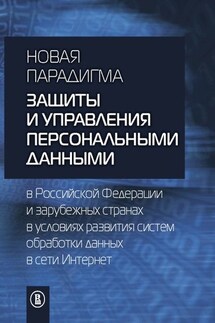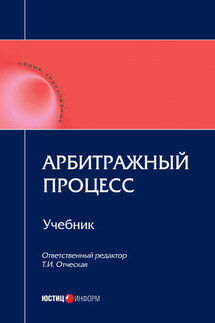Введение в аддиктологию - страница 22
32.Heilig, M., MacKillop, J., Martinez, D., Rehm, J., Leggio, L., Vanderschuren,L. J. M. J. (2021). Addiction as a brain disease revised: why it still matters, and the need for consilience. Neuropsychopharmacology, 46(10), 1715–1723. https://doi.org/10.1038/s41386–020–00950-y
33.Heyman, G. M. (2009). Addiction: Adisorder of choice. In Cambridge, MA: Harvard University Press.
34.Higgins, S. T., Heil, S. H., Lussier, J. P. (2004). Clinical implications of reinforcement as a determinant of substance use disorders. Annual Review of Psychology, 55, 431–461. https://doi.org/10.1146/annurev.psych.55.090902.142033
35.Kelly, J. F., Westerhoff, C. M. (2010). Does it matter how we refer to individuals with substance-related conditions? Arandomized study of two commonly used terms. International Journal of Drug Policy, 21(3), 202–207. https://doi.org/10.1016/j.drugpo.2009.10.010
36.Khantzian, E. J. (1997). The self-medication hypothesis of substance use disorders: Areconsideration and recent applications. Harvard Review of Psychiatry, 4(5), 231–244. https://doi.org/10.3109/10673229709030550
37.Kim, S. H., Baik, S. H., Park, C. S., Kim, S. J., Choi, S. W., Kim, S. E. (2011). Reduced striatal dopamine D2 receptors in people with Internet addiction. NeuroReport, 22(8), 407–411. https://doi.org/10.1097/WNR.0b013e328346e16e
38.Kovacic, P. (2005). Unifying mechanism for addiction and toxicity of abused drugs with application to dopamine and glutamate mediators: Electron transfer and reactive oxygen species. Medical Hypotheses, 65(1), 90–96. https://doi.org/10.1016/j.mehy.2005.01.031
39.Latt, N. (2009). Addiction medicine. In Oxford University Press, USA.
40.Lenoir, M., Cantin, L., Vanhille, N., Serre, F., Ahmed, S. H. (2013). Extended Heroin Access Increases Heroin Choices Over aPotent Nondrug Alternative. 1209–1220. https://doi.org/10.1038/npp.2013.17
41.Leshner, A. I. (1997). Addiction is a brain disease, and it matters. Science, 278, 45–47. https://doi.org/10.3389/fpsyt.2013.00024
42.McLellan, A. T., Lewis, D. C., O’brien, C. P., Kleber, H. D. (2000). Drug dependence, a chronic medical illness: implications for treatment, insurance, and outcomes evaluation. JAMA, 284(13), 1689–1695. https://doi:10.1001/jama.284.13.1689
43.Michie, S., Van Stralen, M. M., West, R. (2011). The behaviour change wheel: a new method for characterising and designing behaviour change interventions. Implementation Science, 6(1), 1–12. https://doi.org/10.1001/archderm.1985.01660070119033
44.Mook, D. (1995). Motivation: The organization of action. Norton. London.
45.Perry, J. L., Carroll, M. E. (2008). The role of impulsive behavior in drug abuse. Psychopharmacology, 200(1), 1–26. https://doi.org/10.1007/s00213–008–1173–0
46.Peters, J., Pattij, T., De Vries, T. J. (2013). Targeting cocaine versus heroin memories: Divergent roles within ventromedial prefrontal cortex. Trends in Pharmacological Sciences, 34(12), 689–695. https://doi.org/10.1016/j.tips.2013.10.004
47.Robbins, T. W., Everitt, B. J. (1999). Drug addiction: bad habits add up. Nature, 398(6728), 567–570.
48.Robins, L. N., Helzer, J. E., Davis, D. H. (1975). Narcotic Use in Southeast Asia and Afterward: An Interview Study of 898 Vietnam Returnees. Archives of General Psychiatry, 32(8), 955–961. https://doi.org/10.1001/archpsyc.1975.01760260019001









